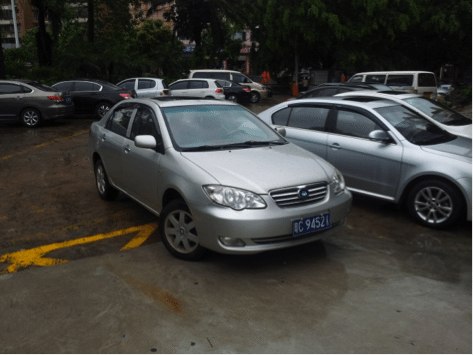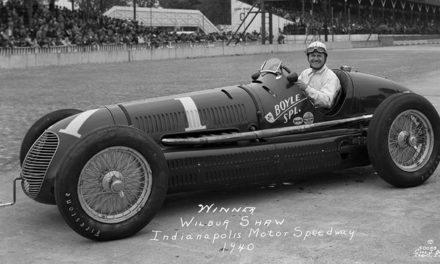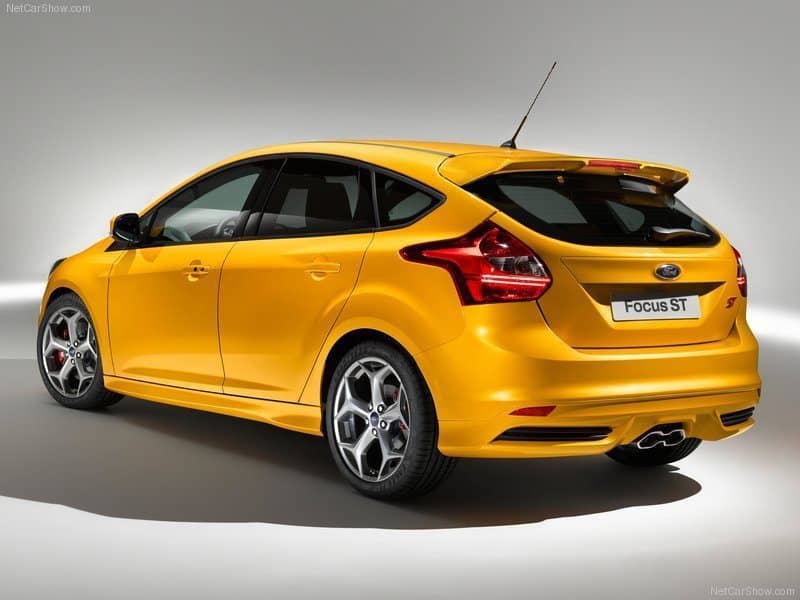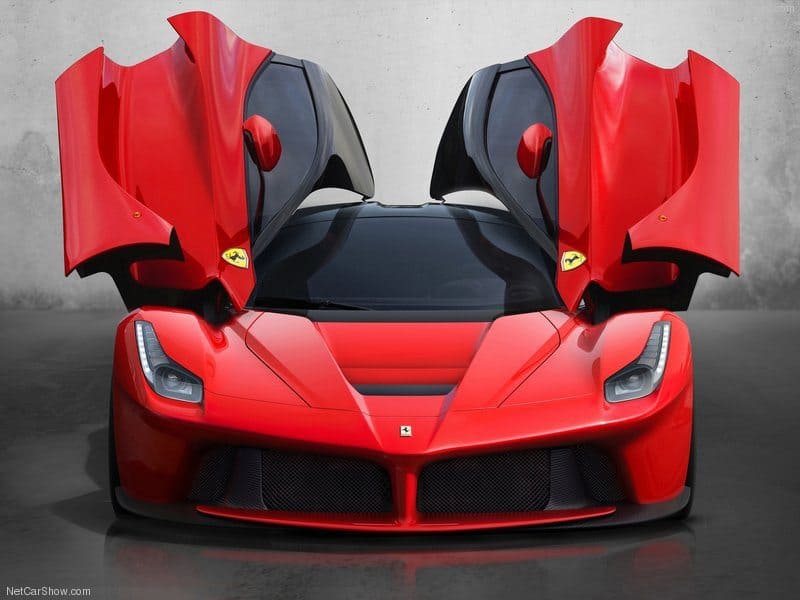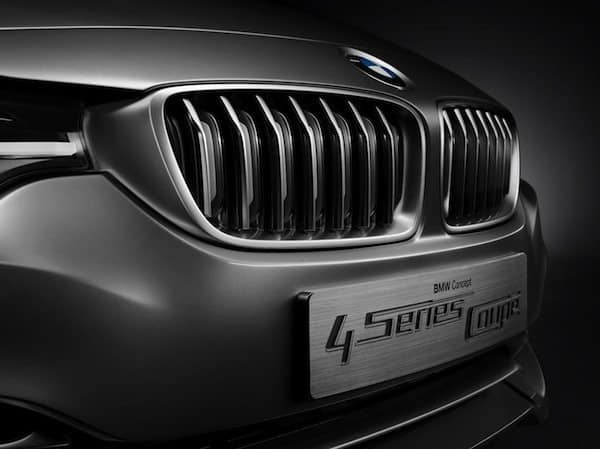The first Chinese car brands have set foot on Australian soil and a couple more will join them before the end of the year. Should we be worried or should we be running to their dealerships?
Chinese cars do not generally have the best reputation in the world, but still Chinese car-makers have launched attempts to get their vehicles in the hands of consumers in other parts of the world. Their successes in Europe are negligible, but in markets where price is a bigger issue – think Russia, South America, Africa and other Asian countries – the Chinese automobile sees increasing demand.
Now that some of the biggest Chinese brands have set their sights for Australia the question rises, how well they will be received? We actually traveled to the land of Chery, Great Wall and Geely and observed these products in their natural habitat. We landed in Zhuhai, a city of about 1.5 million people located in Southern China. It’s dubbed so-called Second Tier city, meaning it isn’t quite the size and importance of, say, Shanghai and Beijing, but is still a pretty large place with a lot of industrial activity.
It didn’t take us long to note that there aren’t all that many cars of native Chinese brands on the streets of Zhuhai. Ironically the Chinese people we spoke to weren’t too positive about the automotive products from their country. When asked about why this is a Chinese local man said: “their quality isn’t very good and have you seen the way they look?”. After also asking if they are not at all popular in China then, he replied saying “oh, but they are, in Tier 3 and 4 cities”. So evidently not the industrialised type of city that we visited.
Another man said that “Chinese cars are very low-end and only bought by those that haven’t got much to spend”. So clearly, as soon as there is some money involved, the Chinese will prefer foreign brands for better quality and design.
This was thoroughly underlined when we sidestepped into Hong Kong. The city that is nowadays a Special Economic Zone of China is, of course, well known for its raw capitalism. The German premium brands and anything above reign the streets, together with the red and white Toyota Crown taxis. But even the few ‘normal’ cars on the road are never of native Chinese brands. Once again, the quality and design of, particularly, Japanese and European cars are preferred. (Although we will make a bet that political and social tensions between the small but wealthy Hong Kong and the big and hungry mother-China also play a big part since the city was returned to China by the British.)
It will be no different closer to home. The Chinese brands attempting to gain a foothold on our dessert-rich patch of land are all targeting the price conscious consumer. That’s a daring undertaking, because let’s face it, they have got everything aside from price against them. Even ignoring their usually not very charismatic designs, how will the Chinese car cope in the hottest months of the Australian year? And what about the sandy dry air?
Back in Zhuhai, we paid particular attention to the state of the Chinese cars we saw. Zhuhai has a very hot and humid climate, which is definitely a good test for any car’s corrosive resistance. Well, there is a notable difference with the cars of the world’s more established carmakers we saw! The Chinese car will rust more – though admittedly not by far as much as the Chinese truck, which deserves nothing more than the term ‘rust bucket’. Don’t get us wrong, the Chinese car isn’t a driving heap of corroded metal, but the careful observer will definitely notice the rusty patches in those typical areas, a clear sign that Chinese capabilities to design for reliability and longevity aren’t quite there yet.
This gets even more notable on the inside. We drove along in a couple of Geelys and Cherys – or is it Geelies and Cheries? – and the funny (as in rather unpleasant) smell, as well as the poor state of the leather and interior materials, as a result of weather influences more than suggests these cars do not take hot weather too well.
But face it, did you expect anything else? When someone offers you a bottle of wine that is half as cheap as the cheapest incumbent alternative you can get on the market, do you expect the taste of a Chateauneuf du Pape? I didn’t think so!
But haven’t we actually already seen this before, several decades ago? When most of the world’s quality cars came out of the US and Europe, a company called Toyota rose up and slowly but steadily made a huge name for itself. Then, in the mid-1980s, a Korean manufacturer by the name of Hyundai started selling a little budget car in Australia, the US and Europe almost at the same time. Toyota is now the biggest carmaker in the world and Hyundai, together with its sister Kia, is number 4.
That seems to suggest some of the Chinese brands will eventually make it big as well. We’re sure some of them will indeed become (quite) large, also in Australia, but next to the fact that this will still take considerable time, there are two very important differentiating factors that act in to the disadvantage of the Chinese.
Firstly, where Toyota and Hyundai could base their technological development on strong home markets, the Chinese brands aren’t quite so loved in their home land. To give you some perspective on that, of the more than 18.2 million vehicles – passenger cars, vans, trucks and buses – produced in China in 2010, only 8.3 million were of a Chinese native brand. Moreover, this total Chinese production was split over a staggering 22 manufacturers, equating to an average production per company of less than 400,000 units. The biggest contributor was Chang’an Automobile, which produced only 1.1 million vehicles with a Chinese badge on them. In comparison, BMW, probably the smallest completely self-sustained carmaker in the world produced well over 1.4 million cars in the same year. Ergo, before any Chinese car-maker becomes globally successful, a thorough wave of consolidation is required.
Secondly, there’s the before mentioned issue of quality. In reality Chang’an and a few other large Chinese producers put together a lot more cars than counted in the 8.3 million cars of a native Chinese brand. How? Through their countless joint ventures with European, American and Japanese automotive players. Chang’an actually produced 2.4 million cars and the biggest Chinese player, SAIC – short for Shanghai Auto Industry Corp and big in building VWs – built over 3.6 million.
It’s clear that the Chinese brands really do need these joint ventures, in order to hoover up knowledge and technology. But even then, according to a J.D. Power study it will take until at least 2018 for the quality of Chinese cars to match that of their established counterparts.
For the time being then, driving a Chinese car in Australia is purely a matter of willing or needing to drive cheaply and adjusting personal requirements to match this. You will sacrifice in terms of comfort, quality, reliability and, not in the least place, safety. But, you will get the car for little. Obviously resale value will be close to nothing and maintenance more expensive, so in the end the Chinese car is never as cheap as it seems. However, we are pretty sure that eventually the Chinese will harvest (modest) successes in Australia, even if it will take until 2018.

